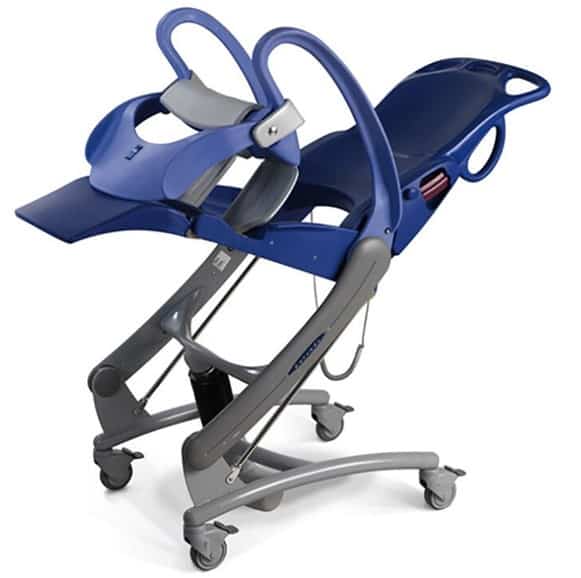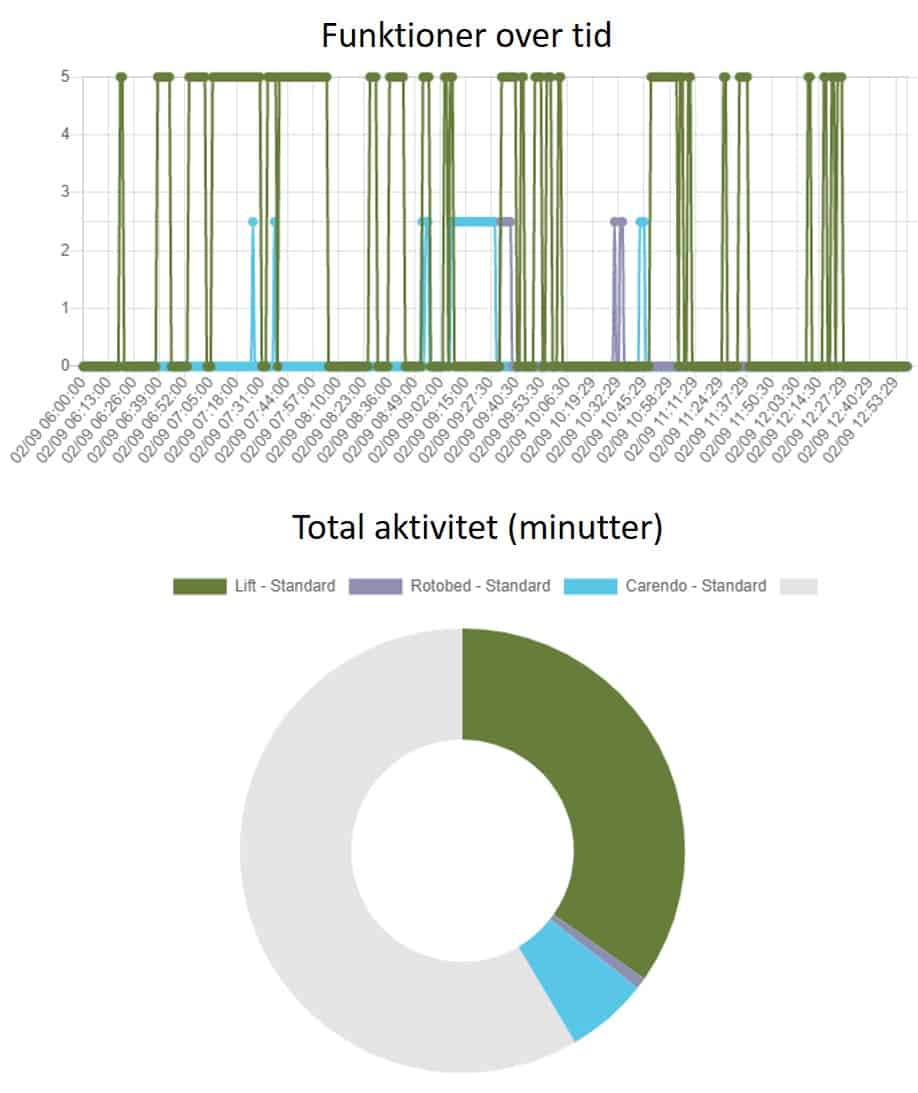Are the advanced aids being utilized as intended - and enough?
kaastrup|andersen headed a pilot project where sensors collect data on usage patterns, so that it becomes clear whether the investments in the high-tech equipment provide the expected value.
| Do you make optimal use of your equipment? There can be both time and money at stake when companies invest in new equipment that has new, special features or that requires a rethinking of the work processes that surround the equipment.
Give us a call and let's look at how we raise your profit realization to a higher level - and make sure you get the most out of your investments. |
New types of assisted living equipment are constantly appearing on the market with functions that can make everyday life easier for both citizens and nursing staff. However, there are many advanced aids in use in the private homes of the citizens, so it is difficult to determine whether the new functions will be used and thus whether the ongoing large investments in new equipment and new functionality provide the right value for all stakeholders. kaastrup|andersen has conducted a demo project with a customer. In the project, sensors installed in the equipment provide data on usage patterns and utilization of various specific functions - and can form the basis for further work towards improvements in the use of technology for both citizens and employees.
Read the full case description below.
Challenge
The customer in the pilot project purchases assisted living equipment that can contribute to increase the quality of life for the citizens and ease the workload for the nursing staff. The equipment could e.g. be beds with extended functions, for example to help the citizen out of bed or equipment which means that demanding care tasks, such as washing the citizen, can be handled by a single carer instead of two or more.
New equipment is constantly appearing in the market, and it is not always possible to predict whether the new functionality will provide the desired benefit in an actual use situation. It may be that a new function does not address a recognized need of the individual citizen, that optimal utilization of the functions requires adjustment of work processes for the carers, or that the citizen is unable to operate the equipment correctly.
The aim of the pilot project was to investigate usage patterns in relation to different types of aids. This to find out - and subsequently act on - whether the high-tech equipment is being used as intended, and whether it is, roughly speaking, worth the investment.

Solution
To collect data on the use of the equipment, small sensors were installed in different places on the equipment. One example is a Carendo bath chair, which has a wealth of options for tipping at many angles. It allows for bathing of a citizen to be done by a single caregiver and not two, as with the use of ordinary bath chairs. The sensors installed on the bath chair registers when the specific bath positions are being used. Data on the utilization of the special bathing positions show how often the function is in use. At the same time, the sensor can measure how many nursing staff are nearby when the citizen bathes: It says something about whether the chair's functions save the staff from work and, not least, whether the intimacy expected by the citizen during a bath is ensured.
Another example is a newly developed bed (RotoBed), which helps the citizen get out of bed. kaastrup|andersen installed a sensor registering when the footrest on the bed has been folded down, which means that the exit function is activated. Further sensory monitoring will also be able to help decode the use of a number of other functions, all of which should allow the citizen a higher degree of self-determination.
Result
With the collected demo data, the pilot project has clearly shown that it is technically possible to derive valuable knowledge about usage patterns and utilization rates based on quantitative data analyses. In the long run, it can be used to define the optimal use of the equipment, make it easier to select relevant equipment, ensure better utilization of employees' time and, not least, create a better and more self-sufficient everyday life for users. All crucial in terms of being able to ensure the most optimal use of the investment funds available.
The next step could be to expand the solution with even more visual views of the measurements, so that it becomes easy to use the results as a decision basis for management, purchasers, and caregivers. At the same time, the measuring equipment can be further developed so that it can be used on several different types of equipment. In short, the test project opens a wide range of exciting opportunities and perspectives for companies, employees, and citizens.
Facts about the pilot project
|
kaastrup|andersen was responsible for the design, development and implementation of measuring equipment and processes.

Do your investments provide the expected value? Structured data, informing about utilization rates and usage situations, can give you a unique overview - and a basis for optimizing both purchasing and work processes.
Give us a call and let's look at how we raise your profit realization to a higher level - and make sure you get the most out of your investments. Contact Anton Kaastrup-Hansen on +45 2027 2502 or akh@kaastrupandersen.dk and have a non-committal chat.

